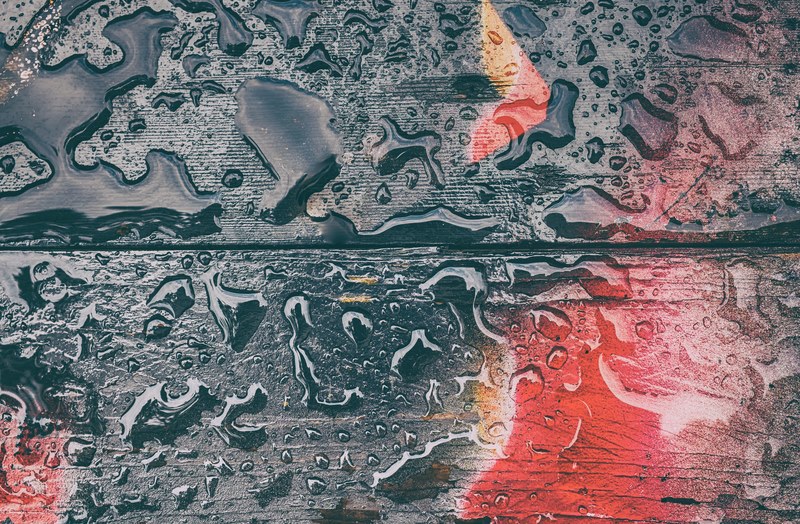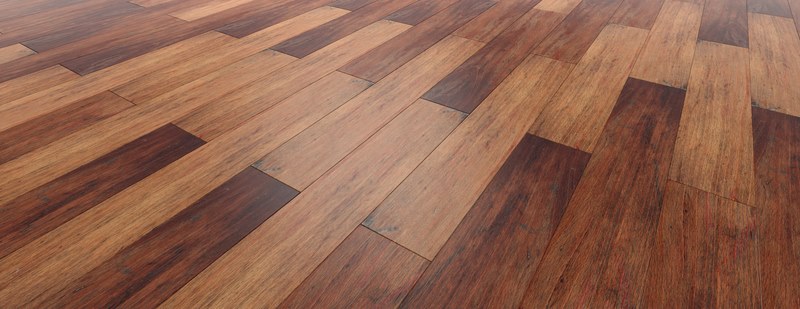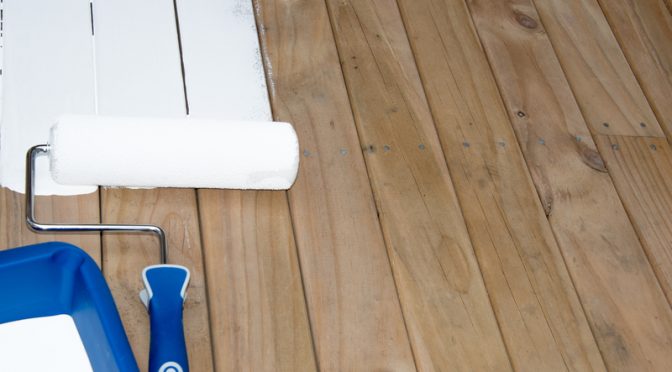A floor primer coat is a recommendation for nearly all projects of painting. So, irrespective of the kind of painting task at hand whether its metal, wood or drywall, application of a primer coat is very vital. Ideally, a floor primer is a flat, sticky paint that’s meant to adhere onto a surface well. The primer also serves to give a consistent base for topcoats of paints. Hence, if you don’t prepare your surface before priming, there’s the likelihood that the paint may not stick properly, and you may need more coats for you to get adequate coverage. Primers are designed for different surfaces. So Wooden floor primers are essential for wooden floor restoration and in. Here, we explore the application of the wooden floor primer.
Primer Coat Benefits
When you apply a wooden floor primer on the surface of a newly built wooden floor, the primer helps to seal the wood ensuring that they don’t get soaked with paint when it’s applied. Soaking the wooden floor may require extra costs to deal with. Primer is helpful in preventing bleed-throughs from natural blemishes like knots and colouring of bare wooden surfaces. There are also primers with abilities to block stains which make them very useful for sealing discolouration such as sealing over the mould. This ensures that these blemishes don’t appear through the coats when the painting is complete. When the wooden floor primer is applied, it helps to ensure that there’s proper bonding of the painting job that has been done.
Though the usual colour of the paint is white, however, other neutral colours of primer are also available. The reason for the major single white colour or neutral colour of primer is to ensure that the surface shows true paint colours. Though some primer manufacturers will add some amount of pigment to the primer to make it more like the paint colour you want to use, there’s usually no need for colouring it. However, the addition of the pigment can come in handy if the final paint colour is lighter than the original surface colour.

Types of Primers
The major types of primers available include oil-based, water-based and paint-and-primer-in-one. Let’s take a brief look at these types before we get to how to use your wooden floor primer on your hardwood floor:
1. Oil-Based Primers
These are normally used for surfaces that can easily be touched like cabinets, windows or doors. For clean up and thinning, these primer types require mineral spirits. They’re great for sealing over surfaces of wood that are often very problematic.
2. Water-Based Primers
They’re also referred to as latex primers. They’re very suitable for blocking of stains. They’re recommended for use on wooden surfaces or dry walls.
3. Paint-and-primer-in-one
This uses a single coat to cover and seal surfaces.
 How to Use Wooden Floor Primer
How to Use Wooden Floor Primer
The way to use the primer on the surface is rather simple. To do this job in the simplest way possible, look for an extension pole and use it to roll your primer on the wooden floor. This method is quicker and much more comfortable and easier to use. It’s a good idea to start into chunks of the floor measuring four square feet. After applying the primer to each area, let it dry thoroughly. The amount of time to let the primer dry is specific to the primer’s manufacturer. Often, the duration ranges from around half an hour to about four hours.
Conclusion
Application of the wooden floor primer is very vital if you want your wooden floor to stay presentable for longer. You should, therefore, know the type of primer that’s most appropriate for you and apply it using the simple method described above.

